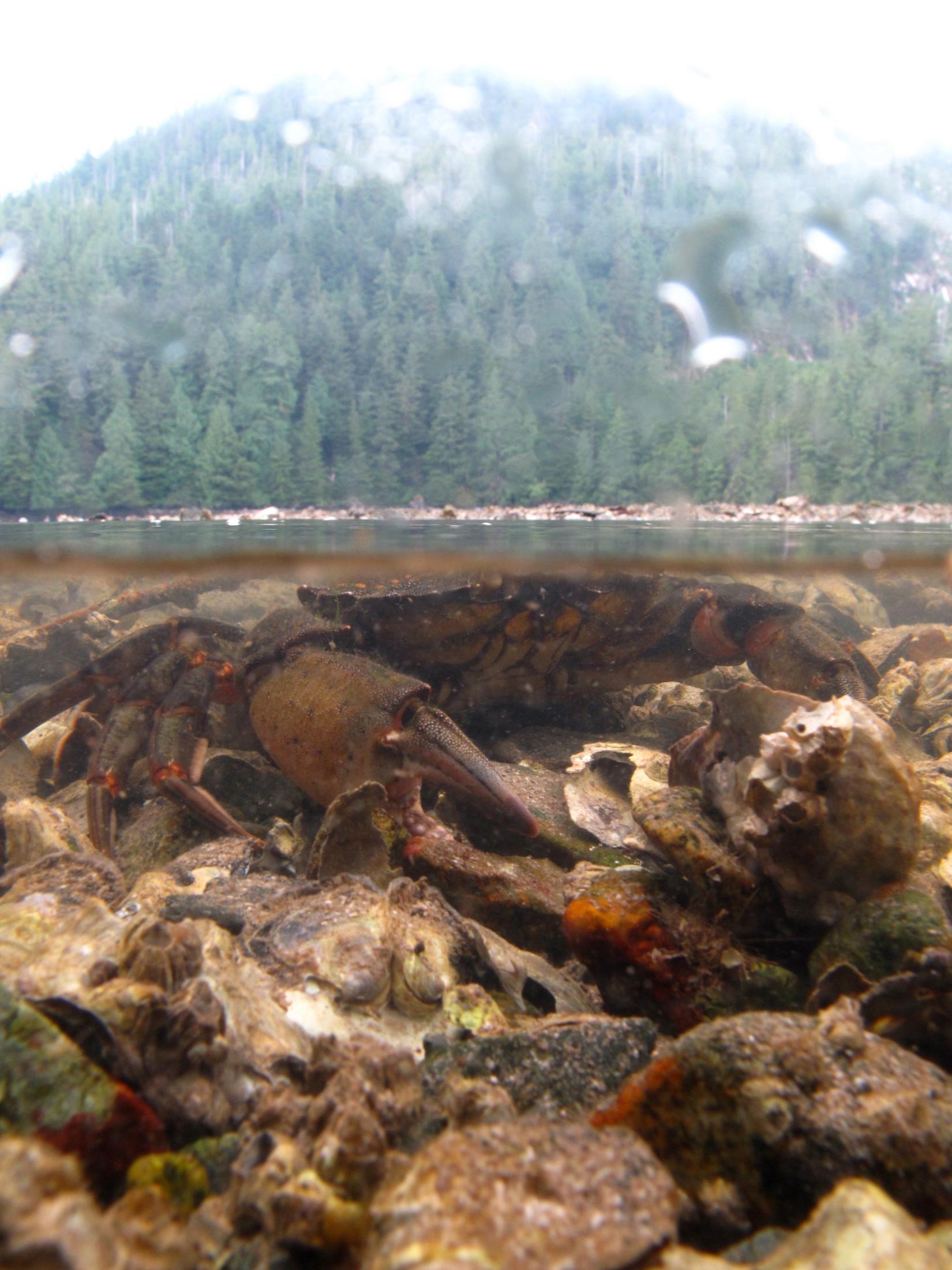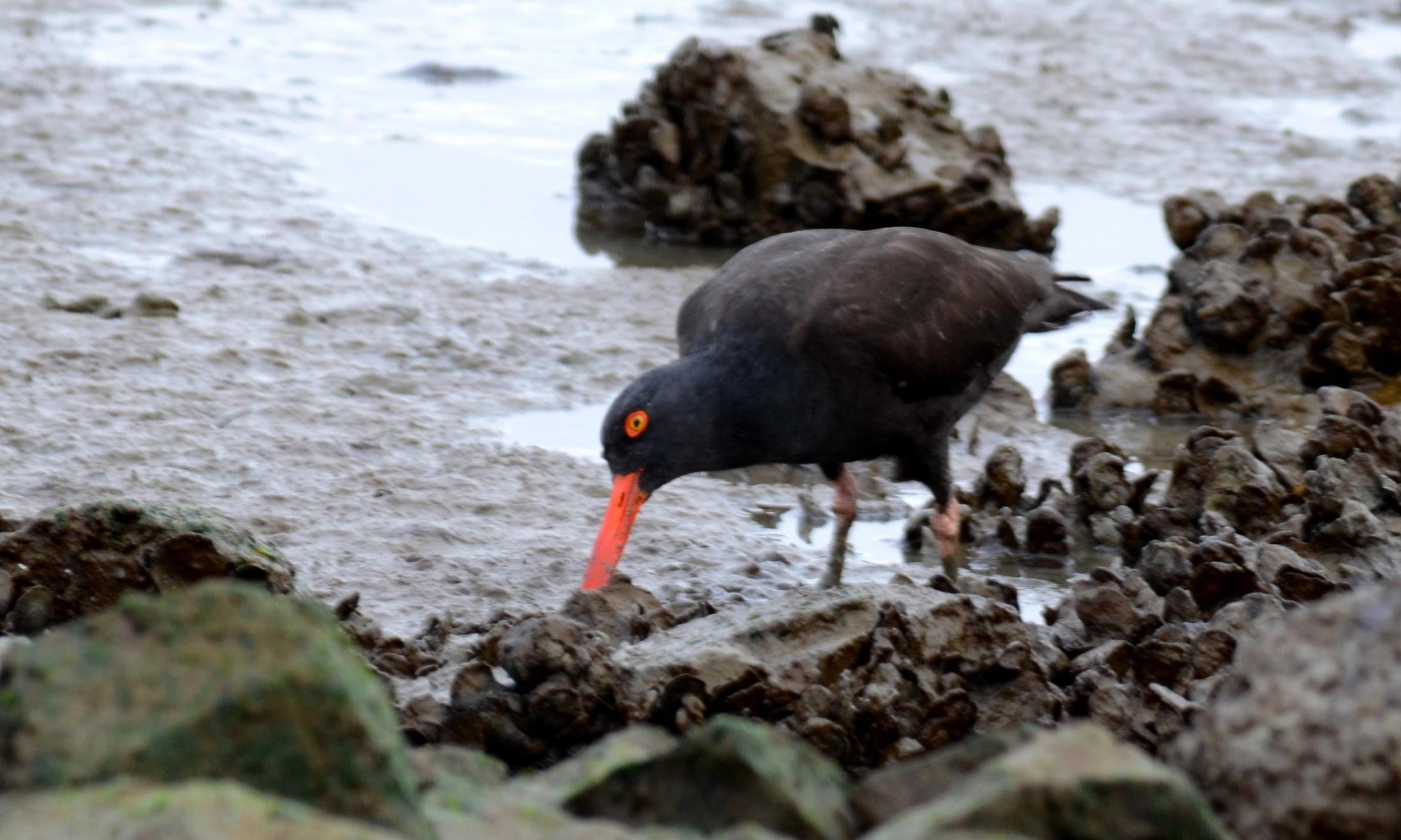Oysters are foundation species, meaning that like coral or kelp species, they play a strong role in structuring communities of other marine species. Oysters create habitat for many small invertebrates and fish that can live on the shells of live oysters, inside shells of dead oysters or in the spaces between oyster shells in oyster beds. Oyster beds or mounds can help accumulate sediment, which may benefit aquatic vegetation.
Oysters are an important part of the estuarine wood web and contribute to the cycling of nutrients. They can be food for other animals, such as crabs and birds.


Oysters are filter feeders, drawing water into their bodies and removing tiny phytoplankton. Large numbers of oysters may improve water clarity. This benefits aquatic vegetation, which depends on light to carry out photosynthesis.

